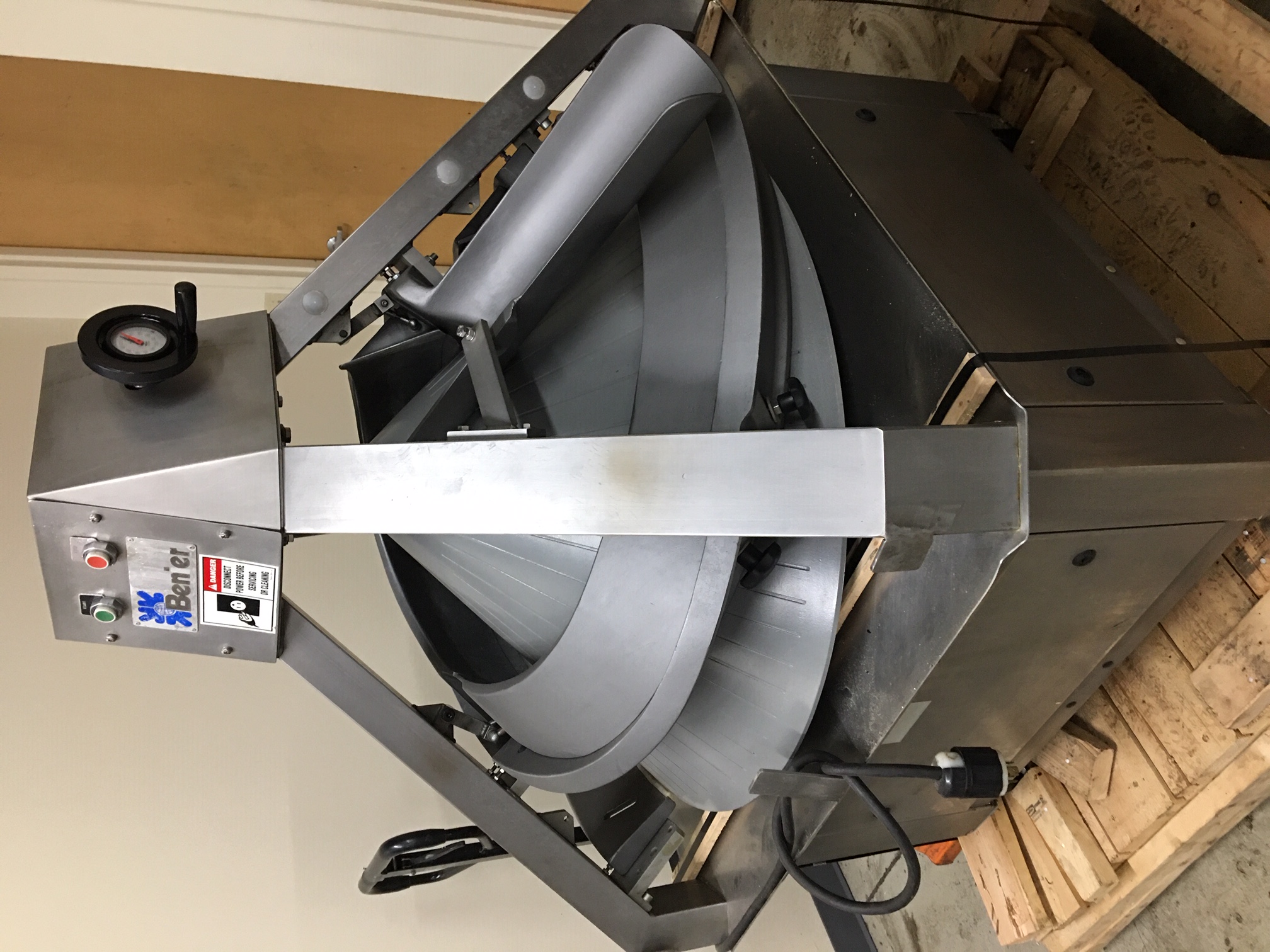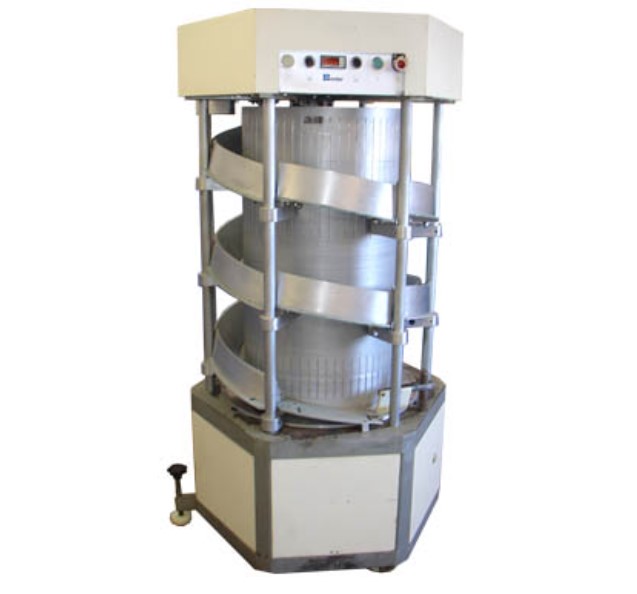An Overview into Dough Dividers & Dough Rounders
Saving You Time While Increasing Product Output
Bakeries have to produce large quantities of dough - but many don’t have the time or the workforce to do it efficiently. However, if your facility could take large amounts of dough, cut it down into smaller pieces and knead those portions for proofing, your operations would reduce labor costs and save time during production. By incorporating dough dividers and dough rounders, you will heavily increase your output while maximizing product consistency.
In this article, we’ll go over the following:
- Define the type of equipment
- Where to find in a production line
- Favored Manufacturers
- Benefits and Features
- Industries used in
- Summary
What are dough dividers and dough rounders?
Dough Divider
Dough dividers take a large quantity of dough and divide it into pieces of equal weight or volume.
With automatic dough dividers, the dough is fed into a gravity hopper and is then metered into the divider chamber or extruder.
Smaller operations tend to use manual dividers. With these units, you place the dough underneath the divider and pull down a hydraulic arm to divide the dough into multiple pieces.
[Source: Mila Lin YouTube]
Dough dividers can have a wide range of pockets capable of producing one to 36 individual dough pieces.
Dough Rounder
A dough rounder kneads and shapes portions of dough for proofing. They are used to round products like bread, buns, tortillas and other bakery goods.
The most common type of rounder is the conical rounder, where the dough travels in a spiral pattern around a center axis. This step usually comes after the dough has exited the dough divider.
The two types of rounders:

Conical Dough Rounder:
- Commonly used in the industry
- Rotating cone shape
- Used for soft and medium-type doughs

Cylinderical Dough Rounder:
- Rotating tower shape
- Also used for soft and medium doughs
The main difference here is the structure of the two. Both rounders perform the same function.
Where to find in a production line
Upstream Equipment
- Ingredient storage
- Mixers
- Dough elevator
Downstream Equipment
- Rollers
- Proofer
- Ovens
- Wrappers
[Source: HM Notes]
Dividers and Rounders for Automation
Automatic dividers and rounders are found in high-volume production facilities. In these types of operations, the dough comes through a gravity hopper and is divided into separate pieces. The dough then exits the divider and is conveyed into the rounder. Some rounders have a flour duster component to keep the dough sticking during discharge.
[Source: Martina Yuan YouTube]
Preferred Manufacturers
- Konig
- Peerless
- Reiser
Industries used in
- Bakery
- Pastry
Summary
Dough dividers and dough rounders allow your operation to produce a high volume of dough while maintaining a uniform product. Dividers take a large amount of dough and cut it into smaller, manageable pieces to enter the ovens on production lines. Rounders knead and shape the dough, preparing it for proofing. Adding these pieces of equipment to your facility will allow you to cut down on the time it takes to create complex bakery products without compromising consistency.
If you want to automate your bakery’s production, click here to contact our Integration team. They’ll help you get the most out of your production line.
To purchase a dough divider and dough rounder for your facility, contact our sales team by clicking the button below.

